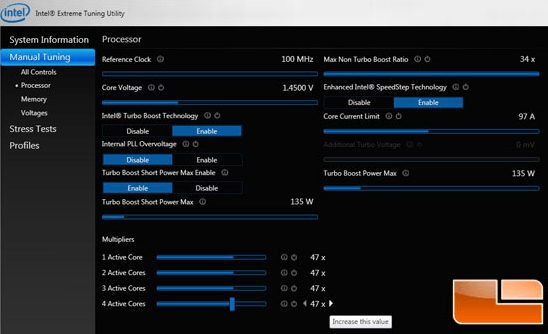
The XPG Xenia laptop listed in my sig is one of these (LAPQC71A), and I have it undervolted using this method.

Intel did a similar thing when they included the ability to undervolt the Intel CPU (right from the UEFI setup) on their white-box laptop, also known as the Intel NUC 9 Extreme laptop kit (LAPQC71*). That tells you the system is not stable and you need to change the settings.Ī large voltage increase could cause permanent harm, but I doubt this program would permit that, since it is a utility written and distributed by Intel for use on their own products. If Intel does not support all other varients of H processors, all notebooks verdors should post this information as critical. Know about your CPU There are many CPU models.

In this article, I will directly modify MSR (Model-Specific Registers) to achieve similar effect. But on other OSes, there are no specific (user friendly) tools available. Identifying and mitigating the instability is part of the process, and indeed the goal of stress testing is to get the system to crash or lock up, if it is possible. The Intel Core i5-10300H, 4200 MHz (42 x 100) is supported by the XTU utility, the only blocked are multipliers. On Windows, Intel XTU can be used for modifying turbo-boost parameter and TDP related settings. The worst you are likely to see with a program like this is instability, which is temporary (as soon as the settings go back to the stock settings, the instability will be gone also. You can make them persistent if you wish, but they can just as easily be backed out and things will return to the default settings.

The changes one can make with the program are not permanent.


 0 kommentar(er)
0 kommentar(er)
